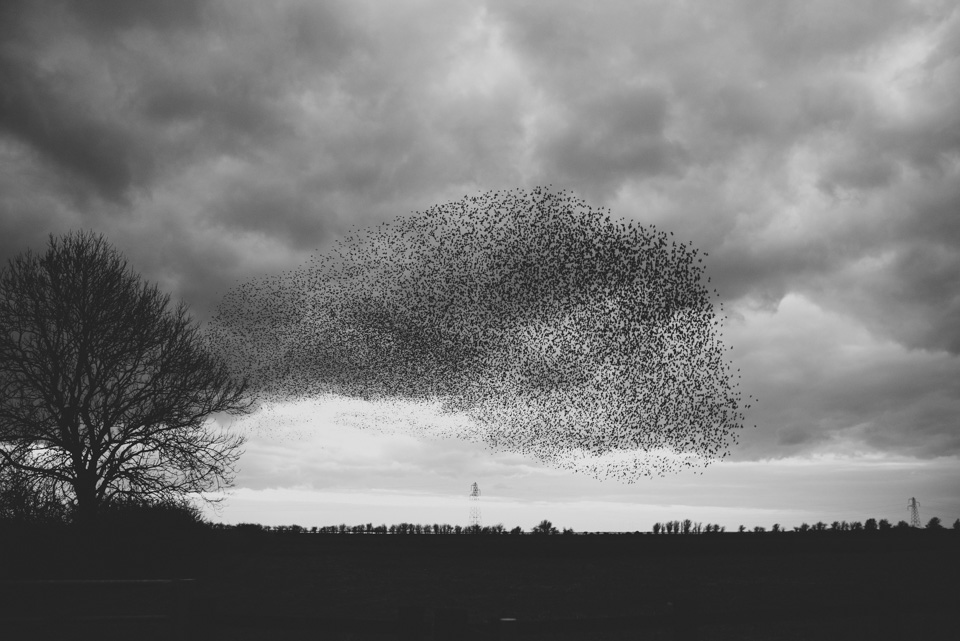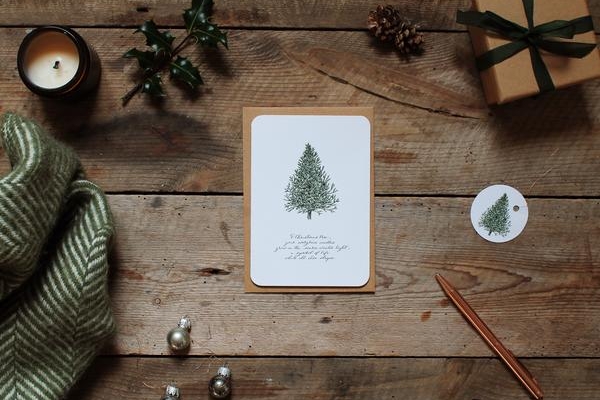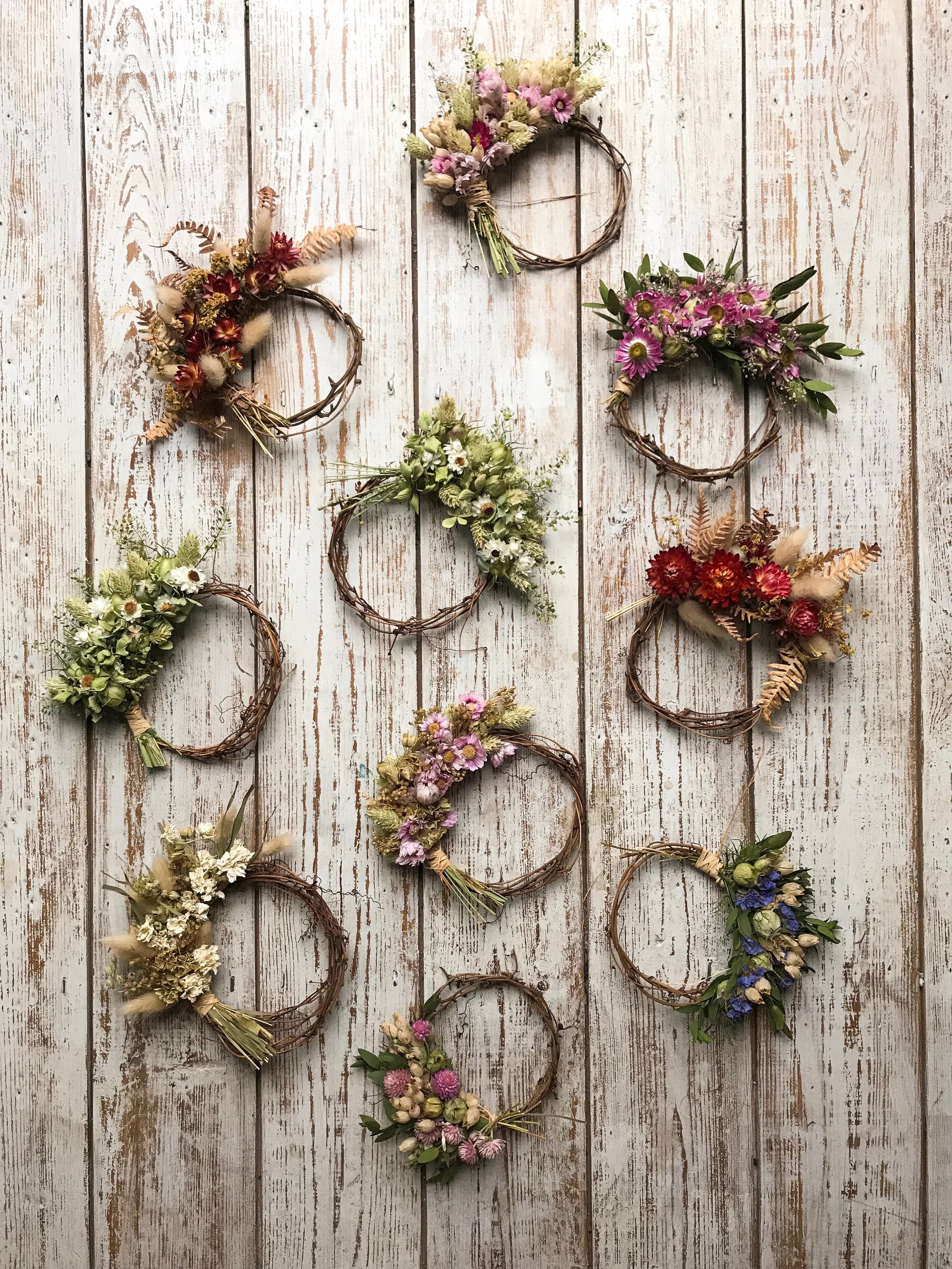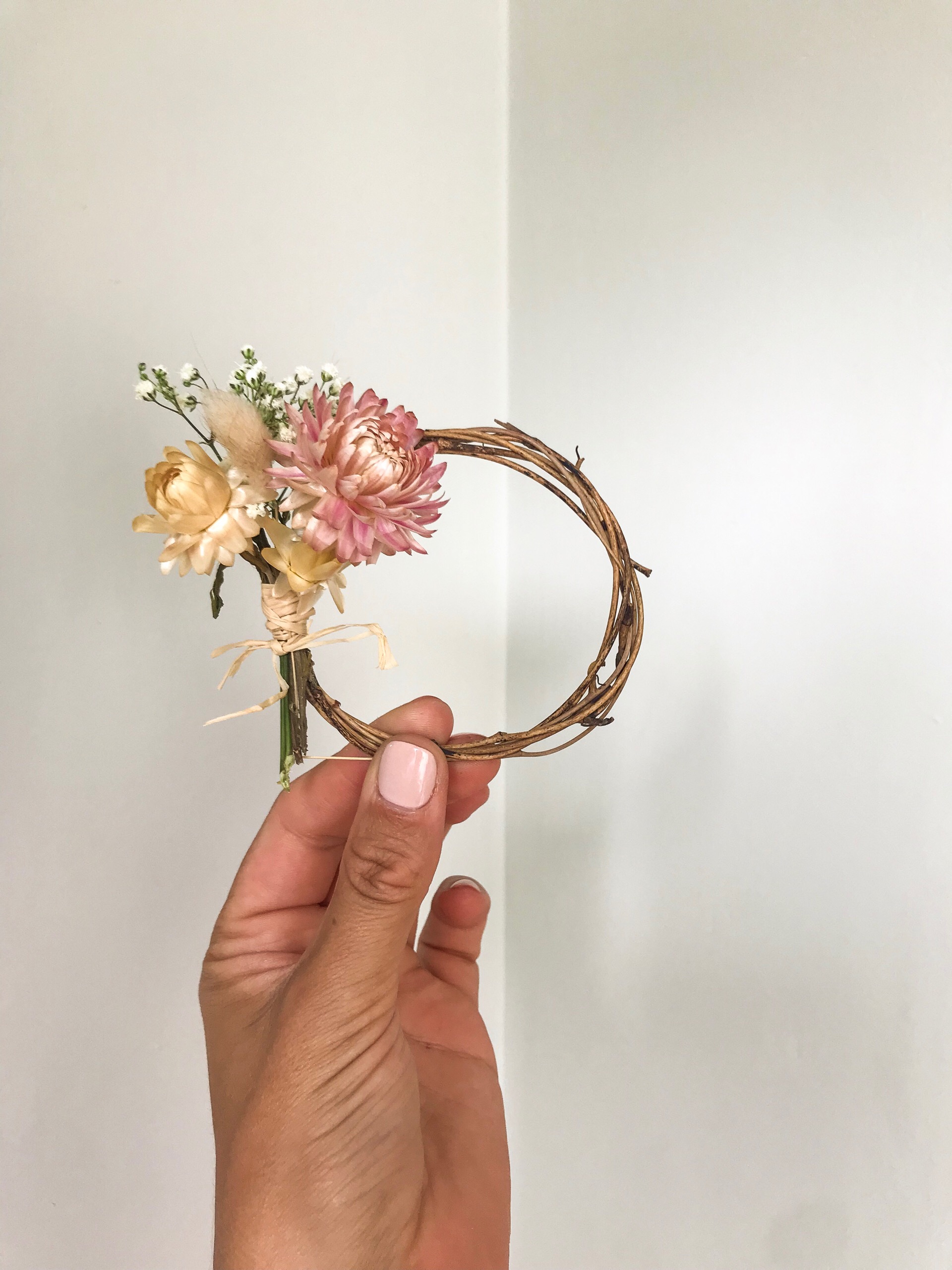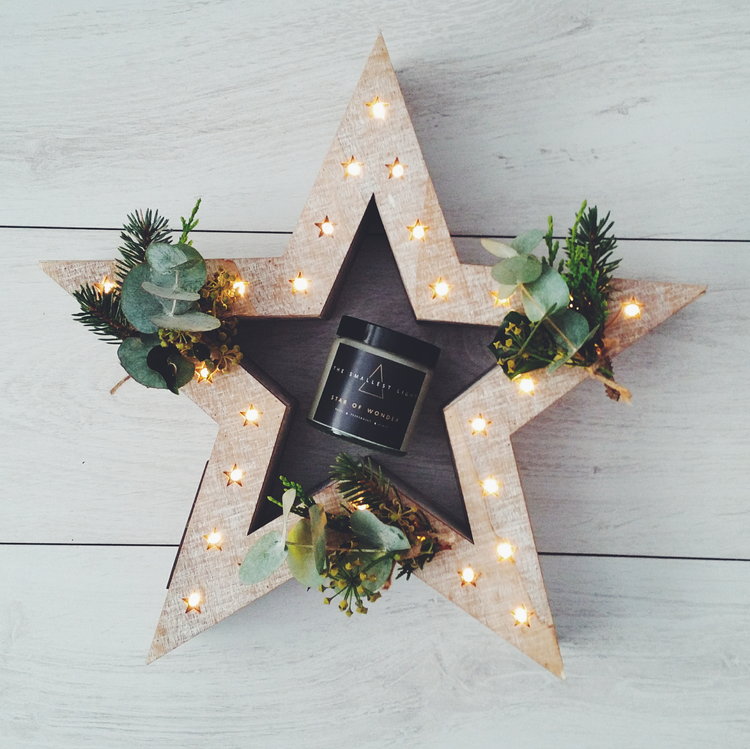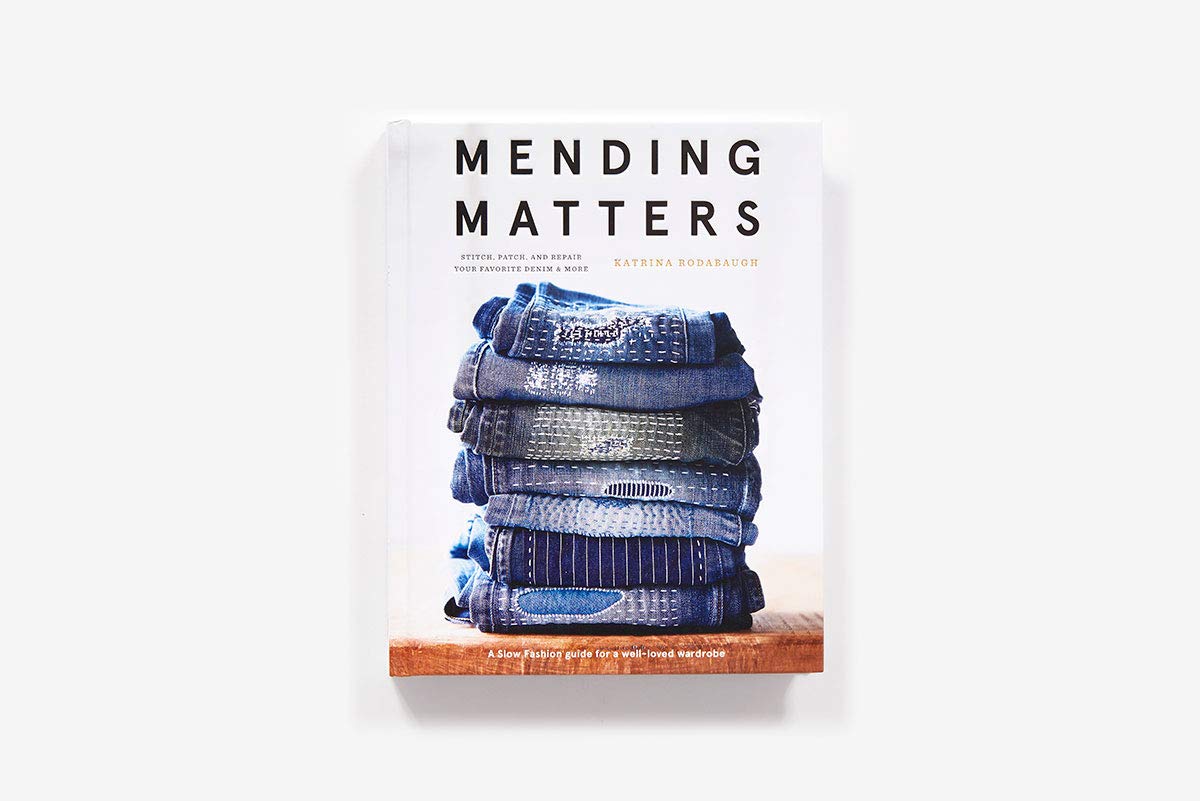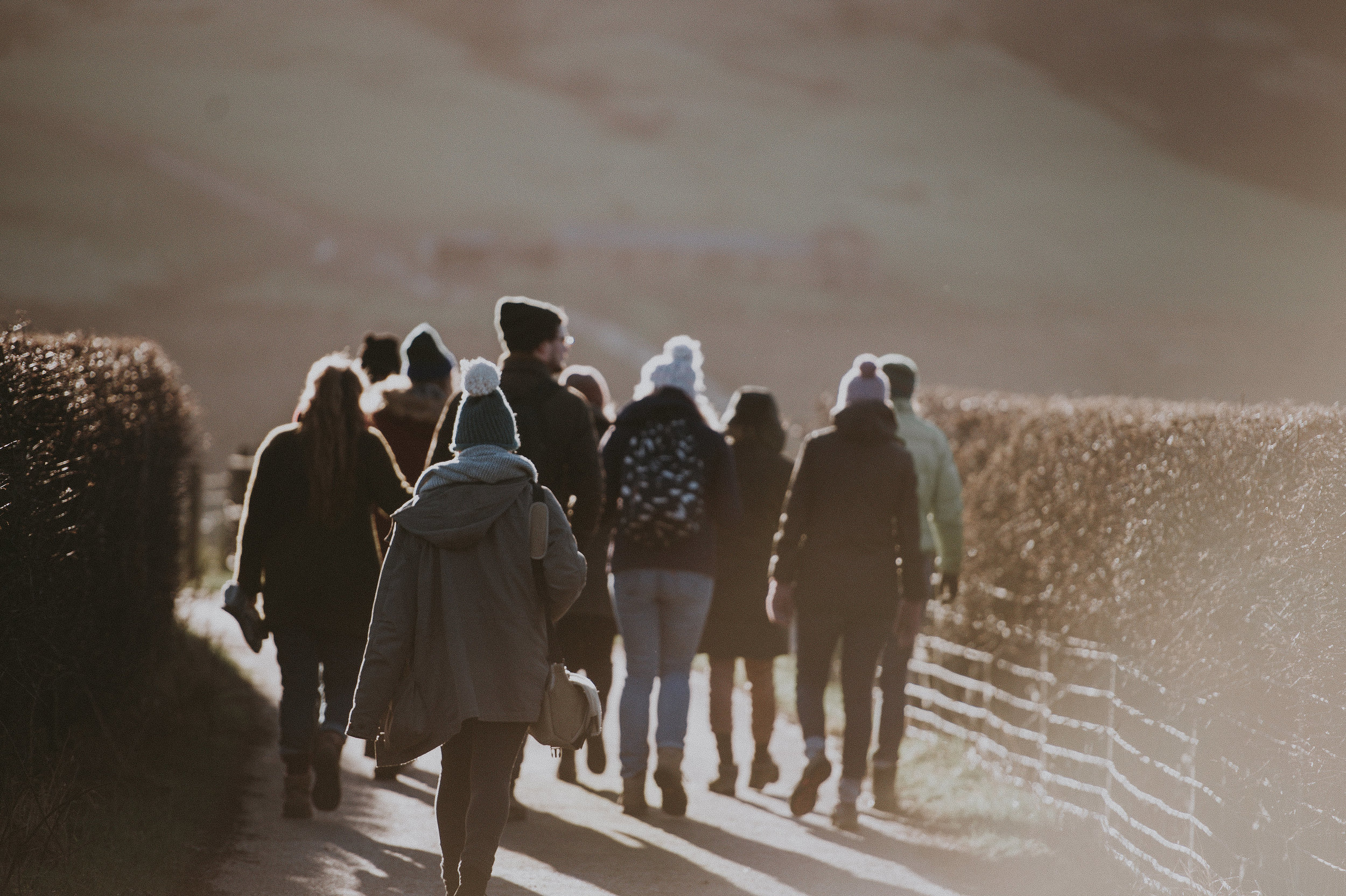My inner twitcher had wanted to see a murmuration for quite a while. After a bout of flu last winter, me and my partner Suzi drove up to Dumfries & Galloway in search of those beautiful birds. We had been reading up on good locations to spot them and from our research, Gretna seemed to be a good place. So we packed up the car with all our camera gear, overnight bags, and headed north. We stayed in a cute little Airbnb with the most amazing views over the Solway Firth, it was the perfect hideaway for a few days.
On the first day, it was pretty grey and wet, so we didn’t hold out too much hope. There was a stillness on the edge of dusk, as the day gave into night. We drove into Gretna and watched a cute mini murmur, probably of around a hundred birds. And suddenly, out of the corner of my eye, I noticed a smudge on the horizon. We jumped into the car and followed the fluid black cloud as it moved across the sky, we felt like tornado chasers. And then suddenly we were right underneath it.
As dusk raced in, smaller groups joined, and the flock grew. We've since learnt that every bird is keeping an eye on the other 7 birds around him or her, so this is how they keep tightly together. It was so fascinating to watch the constant ebb and flow of the murmuration, and the beautiful patterns it made as the birds swirled in the sky.
During the day, we travelled around the area a bit more and we headed to Caerlaverock Wetland Centre for more twitching! No starlings, but many other different types of bird. We saw egrets, whooper swans, geese, teal, widgeons and many more. It was a beautiful crisp winter's day. The sun was lowering, and bright pink streaks began to form in the sky, so we headed to our familiar spot and waited for the birds to arrive. We had mentioned our sighting to a couple of people at the bird reserve, so they turned up to the spot to wait for them too. We were a bit worried as it was getting late and we hadn't seen a sign of any birds, but fortunately, they all suddenly appeared over the other side of the M6 and started their silent dance.
Sometimes like tea leaves swirling in the pot, then we’d spot a punctuation mark. They created speech bubbles, UFO shapes and love hearts, we were transfixed by these momentary sketches in the sky. We were lucky enough to see these beautiful shapeshifters on three consecutive evenings. Watching the sky full of birds is one of the most amazing sights we've ever witnessed, after the birth of our daughter this year.
We met our friend Leena a couple of days after we got back from our trip, and we chatted about the starlings. In Latvia, where she's from, the first sightings of the starlings signify the start of spring. They leave the UK at the beginning of March and migrate to Northern Europe to breed. It's traditional in Latvia to make a little birdhouse for the starlings, and you hang it in your nearest tree to welcome the weary travellers. We are itching to see them again, and we hope our little daughter will feel the magic too when we go on our next adventure looking for that sky full of birds.






